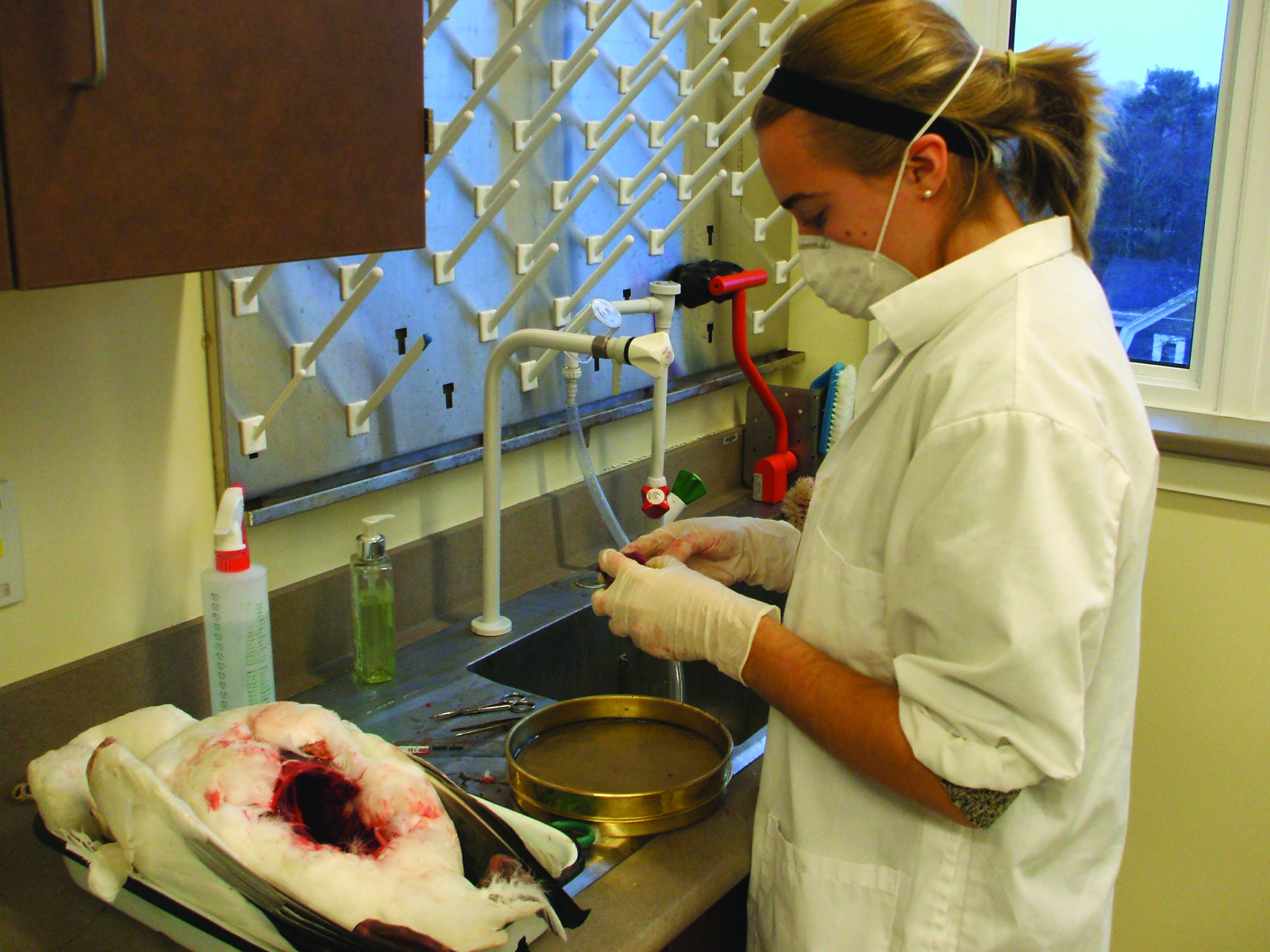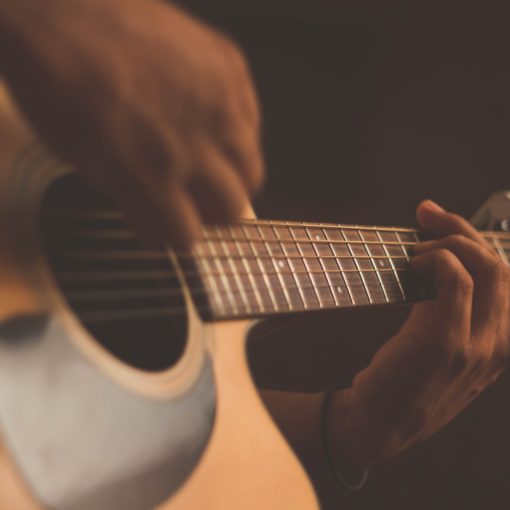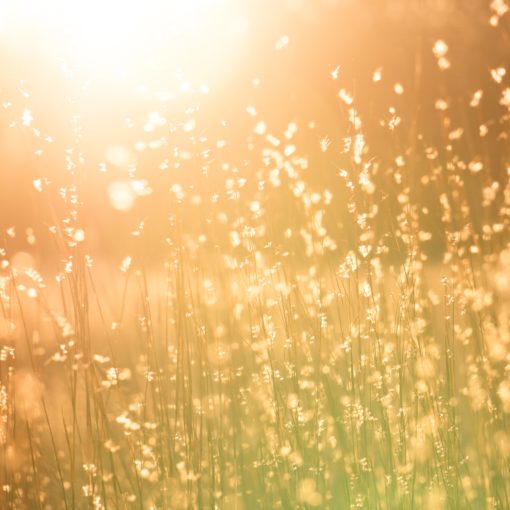Many of you may remember playing duck, duck, goose as a child. Today, many seabirds unwittingly play this game, but with one deadly variation. Instead of being “it,” birds tagged by human contact will likely die. This sad outcome is due to the increasing occurrence of plastic ingestion among marine birds. As of 2015, 56% of seabird species were recorded to have consumed plastic. This fate is hard to avoid due to the high prevalence of aquatic plastics. From surface waters to deep-sea beds, there is no safe zone.
Humans have been releasing plastic into the environment since the early 1900s, and we now know that plastics are a serious environmental hazard. In 2010 alone an estimated 12.7 million metric tons of plastic were released worldwide. By 2025 this value is predicted to skyrocket to 155 metric tons annually. If this trend continues, 99% of all seabird species will be consuming plastic debris by 2050. Once consumed, plastics can remain in these birds for anywhere from 2-3 months to an entire year. In severe cases, plastic ingestion is fatal because plastic waste mimics natural food without providing nutrition proportional to its mass or volume. This leads to weakness, false feelings of satiation, irritation of the stomach lining, digestive tract blockage, internal bleeding, and death through starvation.
Despite a wealth of research and literature focusing on this problem in marine birds, little work has been done on plastic ingestion in freshwater birds. Data from freshwater ecosystems suggest that plastic levels are comparable to those in marine ecosystems. Likewise, research on freshwater organisms has found similar rates of debris ingestion to those reported in their marine counterparts. However, to date only one publication on freshwater avian plastic ingestion exists. My research aims to fill this gap.
I am conducting a dissection-based dietary analysis study on North American freshwater birds to determine anthropogenic (human) debris ingestion rates, and establish important baselines. Don’t panic! No birds are harmed specifically for my research. I am accepting previously killed birds from government agencies, hunters, and private individuals. Once I have received samples, I remove the gizzard (the avian equivalent of our stomach) and flush the contents out into a 0.5-millimeter sieve prior to analysis under a dissection scope. I am looking for any traces of anthropogenic debris, with a focus on plastics.
Of specific interest to my project are plastic microbeads. Microbeads (polyethylene plastic microspheres widely used in cosmetics as exfoliating agents) have a diameter of less than 1 millimeter, meaning many wastewater treatment plants cannot remove them. This is problematic because the per capita consumption of microbeads for the U.S. is approximately 2.4 milligrams per person each day, leading to the U.S. alone releasing 263 tons per year.
To date, relatively little research has been conducted on microbeads; however, public outcry has meant that some major companies have banned, or are planning to ban them. The Canadian government is proposing to add microbeads to the Canadian Environmental Protection Act’s list of toxic substances, following the 2015 signing of the Microbead Free Waters Act by President Obama. This act bans manufacturing rinse-off cosmetics that contain plastic microbeads, beginning in July of 2017. The Dutch parliament is also pushing for a European ban on microbeads as early as 2016. Although legislation is being put into place to ban microbeads, their continued release into waterways could be harming birds, fish, invertebrates, and other organisms. If you want to reduce your microbead usage, look for key words such as “exfoliating microbeads,” “polyethylene,” or “polypropylene” in the ingredients list or packaging of your personal care items, including your cosmetics, face and body scrubs, body washes, and toothpaste.
I am currently accepting digestive tract submissions from across North America. If you are interested in contributing to this important research please contact me at [email protected] for further information. With increased awareness we can all make a difference for aquatic organisms before it’s game over.




